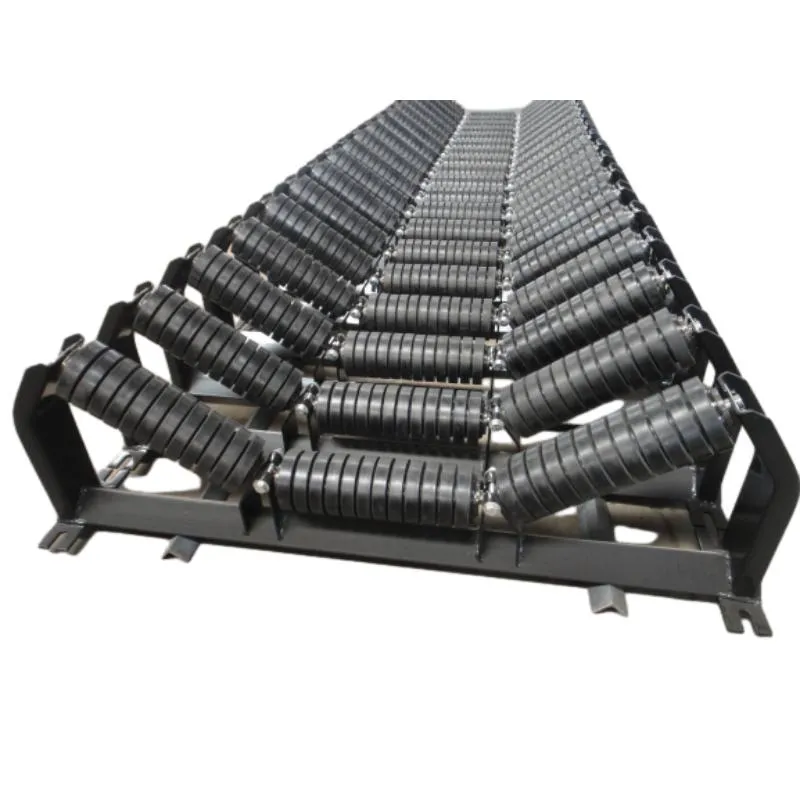 Afrikaans
Afrikaans  Albanian
Albanian  Amharic
Amharic  Arabic
Arabic  Armenian
Armenian  Azerbaijani
Azerbaijani  Basque
Basque  Belarusian
Belarusian  Bengali
Bengali  Bosnian
Bosnian  Bulgarian
Bulgarian  Catalan
Catalan  Cebuano
Cebuano  Corsican
Corsican  Croatian
Croatian  Czech
Czech  Danish
Danish  Dutch
Dutch  English
English  Esperanto
Esperanto  Estonian
Estonian  Finnish
Finnish  French
French  Frisian
Frisian  Galician
Galician  Georgian
Georgian  German
German  Greek
Greek  Gujarati
Gujarati  Haitian Creole
Haitian Creole  hausa
hausa  hawaiian
hawaiian  Hebrew
Hebrew  Hindi
Hindi  Miao
Miao  Hungarian
Hungarian  Icelandic
Icelandic  igbo
igbo  Indonesian
Indonesian  irish
irish  Italian
Italian  Japanese
Japanese  Javanese
Javanese  Kannada
Kannada  kazakh
kazakh  Khmer
Khmer  Rwandese
Rwandese  Korean
Korean  Kurdish
Kurdish  Kyrgyz
Kyrgyz  Lao
Lao  Latin
Latin  Latvian
Latvian  Lithuanian
Lithuanian  Luxembourgish
Luxembourgish  Macedonian
Macedonian  Malgashi
Malgashi  Malay
Malay  Malayalam
Malayalam  Maltese
Maltese  Maori
Maori  Marathi
Marathi  Mongolian
Mongolian  Myanmar
Myanmar  Nepali
Nepali  Norwegian
Norwegian  Norwegian
Norwegian  Occitan
Occitan  Pashto
Pashto  Persian
Persian  Polish
Polish  Portuguese
Portuguese  Punjabi
Punjabi  Romanian
Romanian  Russian
Russian  Samoan
Samoan  Scottish Gaelic
Scottish Gaelic  Serbian
Serbian  Sesotho
Sesotho  Shona
Shona  Sindhi
Sindhi  Sinhala
Sinhala  Slovak
Slovak  Slovenian
Slovenian  Somali
Somali  Spanish
Spanish  Sundanese
Sundanese  Swahili
Swahili  Swedish
Swedish  Tagalog
Tagalog  Tajik
Tajik  Tamil
Tamil  Tatar
Tatar  Telugu
Telugu  Thai
Thai  Turkish
Turkish  Turkmen
Turkmen  Ukrainian
Ukrainian  Urdu
Urdu  Uighur
Uighur  Uzbek
Uzbek  Vietnamese
Vietnamese  Welsh
Welsh  Bantu
Bantu  Yiddish
Yiddish  Yoruba
Yoruba  Zulu
Zulu Types of Pulley Lagging and Their Applications in Industry
Understanding Pulley Lagging Types A Comprehensive Overview
Pulley lagging is an essential component in various industries that rely on conveyor systems and material handling. It involves the covering of a pulley with a specific material to enhance friction, prevent slippage, and prolong the lifespan of both the pulley and the conveyor belt. The choice of lagging material significantly affects the performance of the system, making it crucial to understand the different types available. In this article, we will explore the various types of pulley lagging, their advantages, and their applications.
1. Rubber Lagging
Rubber lagging is one of the most common types used in industrial applications. It provides excellent traction and is ideal for wet or muddy conditions where slipping might occur. The elastic nature of rubber allows it to absorb shock and vibrations, which can extend the life of both the pulley and the belt. Rubber lagging is typically available in smooth and patterned finishes; the latter enhances grip further. Its durability makes it suitable for heavy-duty applications, such as mining and quarrying.
2. Ceramic Lagging
Ceramic lagging is characterized by its high resistance to wear and extreme conditions. It is constructed using ceramic tiles adhered to a rubber backing, providing robust protection against abrasive materials. This type of lagging is particularly effective in applications involving heavy loads and harsh environments where conventional rubber lagging may wear out quickly. The ceramic surface offers exceptional grip, ensuring that the belt maintains its position and operates efficiently.
pulley lagging types

Polyurethane lagging combines flexibility with exceptional durability. It is particularly resistant to chemical damage and can withstand harsh environmental conditions, making it suitable for industries such as pharmaceuticals and food processing. Polyurethane’s smooth surface minimizes friction, making it an excellent choice for applications where a reduced coefficient of friction is desired. Moreover, it can also be used in applications requiring gentle handling of materials.
4. Steel Lagging
For extreme applications, steel lagging offers unmatched strength and longevity. Steel lagging involves attaching metal plates to the pulley to create a durable surface that can withstand significant wear and impact. This type is commonly used in industries that deal with heavy materials, such as steel production or scrap recycling. While it provides excellent grip, it's essential to note that steel lagging can be more expensive and may require additional maintenance over time.
5. Nylon and Plastic Lagging
Nylon and plastic lagging solutions are increasingly popular due to their lightweight and corrosion-resistant properties. These materials are ideal for applications where weight reduction is essential and offer significant resistance to chemicals and moisture. Plastic lagging is particularly beneficial in food processing industries, where hygiene standards are paramount. Additionally, both nylon and plastic options are typically easier to install and replace compared to heavier lagging alternatives.
Conclusion
Selecting the right pulley lagging type is pivotal for the efficiency and reliability of any conveyor system. Factors such as the environment, the nature of materials being handled, and specific operational requirements must be considered when making this choice. Rubber, ceramic, polyurethane, steel, and nylon or plastic lagging each offer distinct advantages tailored to different industrial needs. Investing in the appropriate lagging not only enhances performance but also contributes to the longevity of conveyance systems, ultimately leading to increased productivity and reduced operational costs. By understanding the various types of pulley lagging, businesses can make informed decisions that align with their specific operational challenges and goals.
-
Revolutionizing Conveyor Reliability with Advanced Rubber Lagging PulleysNewsJul.22,2025
-
Powering Precision and Durability with Expert Manufacturers of Conveyor ComponentsNewsJul.22,2025
-
Optimizing Conveyor Systems with Advanced Conveyor AccessoriesNewsJul.22,2025
-
Maximize Conveyor Efficiency with Quality Conveyor Idler PulleysNewsJul.22,2025
-
Future-Proof Your Conveyor System with High-Performance Polyurethane RollerNewsJul.22,2025
-
Driving Efficiency Forward with Quality Idlers and RollersNewsJul.22,2025





























